GMR Group Refused to Levy Airport Development Fee at Delhi Airport for Air Train Corridor
Radhika Bansal
06 Jan 2024
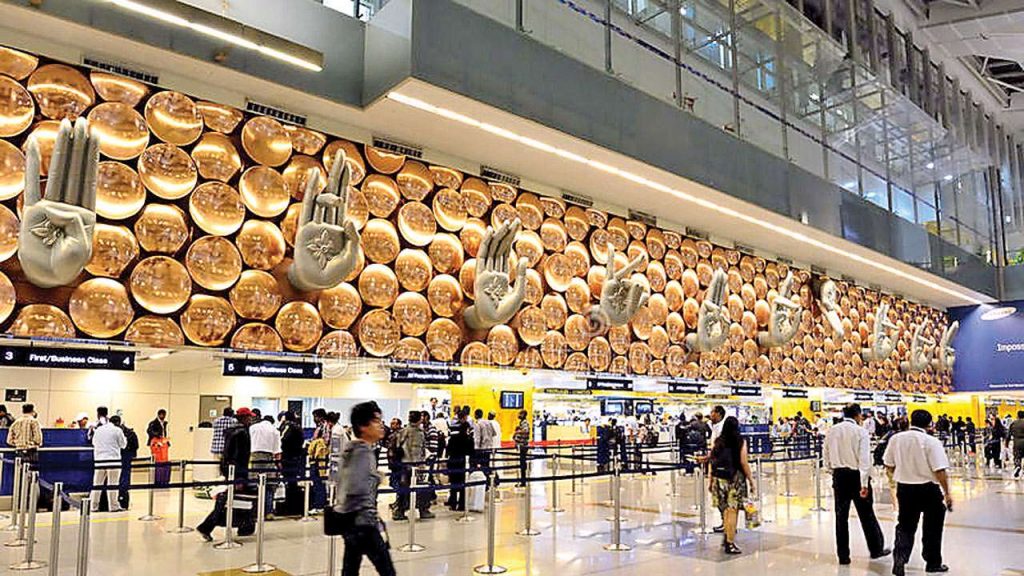
The Centre has refused to allow the Delhi Airport to levy an Airport Development Fee (ADF) for the development of an elevated air train corridor which is to connect its three terminals. The project is expected to cost INR 3500 crore.
According to The Economic Times report, the Ministry of Civil Aviation, alternatively, asked the GMR Group-operated Delhi International Airport Ltd (DIAL) to plan another way of funding and levy a User Development Fee (UDF) after the train is operational. DIAL, as per sources cited in ET, is planning to raise external funding by debt or equity.
The corridor aims to reduce transfer times for passengers who now have to depend on other modes like buses and taxis. The project is an important component of the Centre’s plans to develop the capital city into a hub, commensurate with the airports in Dubai and Singapore.
While ADF is a pre-funding mechanism for constructing infrastructure projects in airports, allowing operators to charge passengers to cover the cost of an ongoing project, UDF (User Development Fee) is levied later when the airport is unable to generate enough returns on investments. Moreover, ADF faced opposition from the Airports Authority of India (AAI) as it is a capital receipt, the share of which does not come to it. UDF, a part of total revenue, has to be shared with the AAI under the privatisation agreement of 2006.
In contrast, the UDF will be part of the total revenue, of which 46% has to be shared with the AAI under the privatisation agreement of 2006. In FY 23, AAI’s share of revenue from private airports accounted for a fourth of its total revenue.
ADF has also been criticised in the past by the Supreme Court and the Comptroller and Auditor General.
“The previous government had allowed airports to levy ADF for building runways and terminals, which was slammed as a violation of the privatisation agreement and a post-contractual benefit. So, we were cautious not to allow it,” an official said. “Internationally, it is an accepted practice that development fees are levied for financing airport upgradation projects. Since it has not been allowed, there needs to be a redesign of the project to ensure faster return for financers,” an official of the airport said.
One option is to increase the number of stops from four to six so that the number of paying passengers increases, ensuring quicker recoveries. The air train will be free for transit passengers. “The original proposal was to have four stops at T3, cargo terminal, Aerocity and T1 with a transit time of 8-10 minutes. But the project may have to be tweaked to have two more stops at Aerocity so that the number of paying passengers increases,” he said.
(With Inputs from The Economic Times)
Read next
Iberia Ground Staff Strike Disrupts Spanish Airports Amid Contract Dispute
Abhishek Nayar
06 Jan 2024
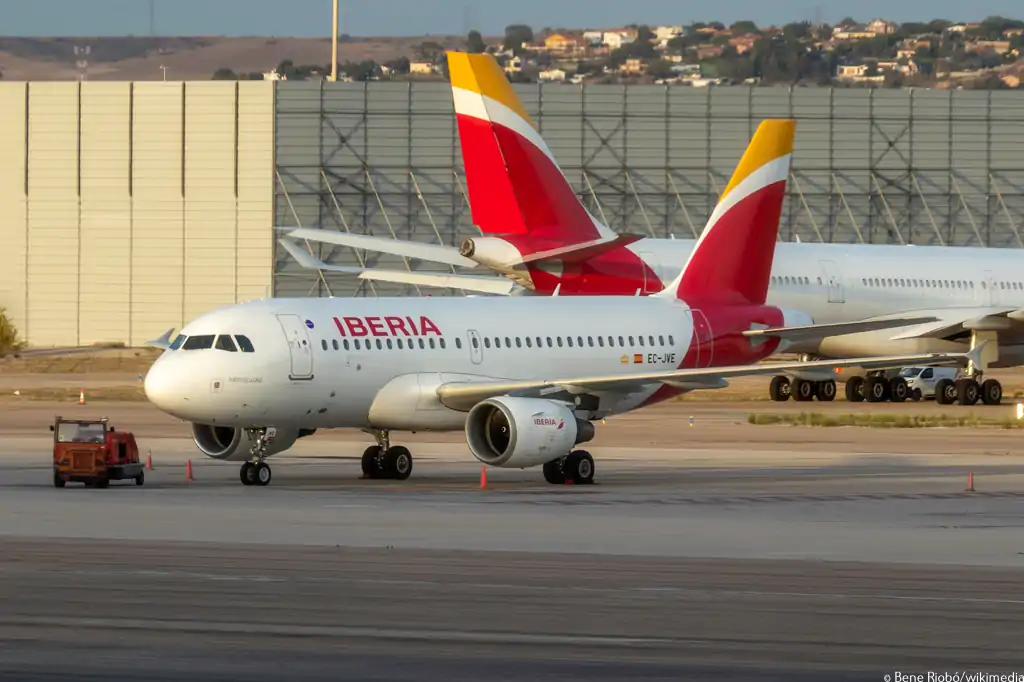
In a significant development affecting air travel in Spain, ground staff at IAG-owned Iberia airlines have announced a four-day strike at several Spanish airports, leading to the cancellation of hundreds of flights. The strike, initiated by ground staff, including baggage handlers, comes after unsuccessful talks between unions and the company, adding another layer of complexity to an ongoing contract dispute.
Reasons Behind the Strike
The primary cause of the strike lies in the dissatisfaction among ground staff regarding contracts signed with new service providers at Spanish airports. The change in service providers, initiated by Spain's state-controlled Aena in September, stirred controversy as these new contractors took over services previously provided by Iberia in many airports.
Affected Airports and Flight Cancellations
The strike, planned from January 5 to January 8, is set to disrupt travel plans during Spain's traditional Epiphany holiday. While Madrid airport is expected to remain unaffected, airports in Barcelona, Palma de Mallorca, Ibiza, Malaga, Bilbao, Gran Canaria, Tenerife, and Alicante will experience significant disruptions. Iberia, Iberia Express, and Air Nostrum have already canceled 400 flights, with an additional 300 cancellations from other IAG partner airlines.
Unions' Perspective
Spain's two main unions, UGT and CCOO, are leading the strike, expressing dissatisfaction with the new contracts and the potential impact on workers' rights. Paloma Gallardo, the Iberia representative for union CCOO, emphasized the seriousness of the conflict and expected widespread observance of the strike at all airports, including Madrid.
Company's Response
Iberia, in response to the strike, labeled it as "irresponsible" and is challenging the new contracts in Spanish courts. The airline's press office mentioned that only 3,800 of its 8,000 ground service workers are stationed at airports now managed by new contractors, creating uncertainty regarding the extent of the strike's impact.
Customer Impact and Contingency Measures
Despite the strike being anticipated for weeks, the airline claims that more than 90% of customers have found alternative solutions to their canceled flights. However, the widespread disruptions during a holiday season pose challenges for affected travelers. The Iberia press office emphasized that efforts are being made to minimize the impact on passengers.
Conclusion
The Iberia ground staff strike reflects the intensifying discord between workers and the airline, fueled by changes in service providers at Spanish airports. As the industrial action unfolds, the aviation industry, travelers, and the Spanish courts will closely monitor the repercussions of this dispute, raising questions about the future of labor relations within the country's aviation sector.
With Inputs from Reuters
Read next
In a strategic move to modernize its fleet, Condor, the German leisure specialist airline, has inked a deal with BOC Aviation to dry-lease two new-build A320-200Ns and four A321-200Ns. The deliveries for these aircraft are scheduled between 2027 and 2028, marking a significant step for Condor in enhancing its operational capabilities.
BOC Aviation's Airbus Deal
BOC Aviation, a major player in the aircraft leasing industry, has secured a new order directly from Airbus to fulfill Condor's requirements. The leasing company, headquartered in Singapore, has not disclosed the specific duration of the dry leases, but the agreement underscores the growing trend of airlines turning to leasing as a flexible and cost-effective means of acquiring new aircraft.
Condor's Fleet Transition Plans
Currently operating a diverse fleet, including A320s, A321s, A330s, B757s, and B767s, Condor has ambitious plans to revamp its narrowbody fleet. The airline has a firm order for four A320-200Ns and six A321-200Ns directly from Airbus. Additionally, Condor has confirmed commitments for an extra nine A320-200Ns and twenty-two A321-200Ns, with contributions from Air Lease Corporation, further bolstering its commitment to the A320neo Family.
BOC Aviation's Growing Airbus Portfolio
According to data from the ch-aviation fleets ownership module, BOC Aviation currently owns seventy-eight A320neo and thirty A321neo aircraft, including four A321-200NX(LR)s. The lessor, however, has not leased any aircraft to Condor until this recent commitment. With the new order, BOC Aviation's unfilled orders from Airbus include forty-four A320-200Ns, sixty-five A321-200Ns, and ten A321-200NY(XLR)s, highlighting the lessor's confidence in the long-term prospects of these aircraft.
Condor's Diversification and Growth Strategy
Condor's fleet expansion is not limited to narrowbody aircraft, as the airline plans to add two A321-200s previously operated by Heston Airlines and ten additional A330-900s. This diversified approach underscores Condor's commitment to meeting the evolving demands of the leisure travel market.
Conclusion
In summary, Condor's collaboration with BOC Aviation for the dry lease of new Airbus A320neo and A321neo aircraft represents a pivotal step in the airline's fleet modernization strategy. As the aviation industry continues to recover from the challenges posed by the global pandemic, such strategic fleet investments position Condor for sustained growth and efficiency in the competitive leisure travel sector.
With Inputs from ch-aviation
Read next
In a strategic move aimed at streamlining operations and enhancing overall service efficiency, Thai Airways International has successfully completed its merger with Thai Smile. The low-cost carrier (LCC) operated its final services on December 31, 2023, marking the end of an eleven-year journey. The merger allows Thai Airways to re-enter the domestic market, regaining control over key routes previously handled by Thai Smile.
Merger Overview
Thai Smile's final roundtrip services from Bangkok Suvarnabhumi Airport to Chiang Rai, Hat Yai, Krabi, and Khon Kaen marked the culmination of the merger process initiated by Thai Airways CEO Chai Eamsiri in early 2023. The entire merger, including the cessation of Thai Smile's operations, took less than a year. Eamsiri highlighted the strategic significance of the merger, focusing on improving aircraft utilization, streamlining operations, and contributing to the overall profitability of Thai Airways.
Fleet Transition
Thai Smile, which operated with a fleet of twenty A320-200s leased or subleased from Thai Airways, saw its aircraft gradually repainted and reintegrated into the parent airline's fleet since mid-2023. By the end of the same year, all but four aircraft had completed the transition. The return of these aircraft to Thai Airways signifies a consolidation of resources and a unified approach to air travel under the flagship carrier.
Enhanced Service Efficiency
Eamsiri emphasized that the merger is part of Thai Airways' commitment to enhancing service efficiency. By reclaiming control over domestic and some regional flights previously operated by Thai Smile, the airline aims to optimize its operations and contribute to its overall financial health. The consolidation of resources is expected to improve service quality and ensure a more seamless experience for passengers.
Remaining Merger Business
While Thai Airways has taken over Thai Smile's flights, some aspects of the merger are still in progress. Eamsiri stated that any outstanding merger business, including the transfer of remaining aircraft to the Thai Airways air operator's certificate, is expected to be finalized by January 31, 2024. This ensures a smooth transition and complete integration of Thai Smile's assets into the broader framework of Thai Airways.
Resumption of Domestic Operations
The merger not only marks the end of Thai Smile but also sees Thai Airways returning to domestic operations. The airline, having stepped away from domestic routes after the launch of Thai Smile, is now back on nine domestic city pairs. These routes include popular destinations such as Phuket, Chiang Mai, Khon Kaen, Hat Yai, Chiang Rai, Udon Thani, Ubon Ratchathani, Krabi, and Narathiwat.
Conclusion
Thai Airways International's successful merger with Thai Smile signifies a significant milestone in the aviation industry. The strategic move, aimed at optimizing operations and improving service efficiency, has allowed the flagship carrier to reclaim control over domestic routes and further strengthen its position in the regional market. As the integration process continues, passengers can expect a more unified and streamlined experience when flying with Thai Airways on both domestic and regional routes.
With Inputs from ch-aviation
Read next
Cathay Pacific, one of the leading airlines based in Hong Kong, has recently issued a Request for Information (RFI) as part of its strategic initiative to replace some of its aging mid-sized widebody jets. The airline is considering options from prominent aircraft manufacturers, including Boeing and Airbus, with a focus on the B787, A330neo, and A350 aircraft types. This move aligns with Cathay Pacific's commitment to investing in fleet expansion and modernization in line with its growth plans.
Background
Cathay Pacific's decision to explore new aircraft options comes on the heels of its recent order for six A350Fs from Airbus, with additional options for up to 20 more units. The airline's CEO, Ronald Lam, had hinted at the impending RFI during an interview in November, emphasizing the need for the carrier to rebuild and catch up on investments after navigating the challenges posed by the COVID-19 pandemic.
Fleet Development Plans
A Cathay Pacific spokesperson acknowledged the ongoing evaluation of versatile, mid-sized widebody aircraft options that can cater to a range of missions, supporting both passenger and cargo operations. The airline has consistently emphasized its commitment to adapting its fleet to meet future requirements, and the RFI signals a proactive approach to modernizing its fleet composition.
Current Fleet Status
Cathay Pacific's current widebody subfleets include the A330-300 and B777-300 types, some of which are reaching the end of their operational lifespan. The airline operates a total of fifty-one A330-300s, with the oldest aircraft in this category being 31.11 years old and the youngest at 8.86 years. Among these, twenty-two are over 20 years old, and eight are over 25 years old. The seventeen B777-300s in the fleet range from 17.58 to 26.53 years old, with fourteen exceeding 20 years of service.
Strategic Shift
Cathay Pacific's move to explore new aircraft options reflects a strategic shift as the airline emerges from the financial constraints imposed by the pandemic. CEO Ronald Lam highlighted the challenges faced during the pandemic, stating that the airline had to conserve cash, limiting its ability to invest in future initiatives. Now, with a different economic outlook, the airline is poised to focus on rebuilding and investing in its future.
Conclusion
Cathay Pacific's issuance of an RFI for mid-sized widebody aircraft underscores its commitment to staying at the forefront of the aviation industry. As the airline continues to navigate the evolving landscape of air travel, its strategic decisions, including fleet modernization, will play a crucial role in shaping its trajectory in the post-pandemic era. The industry will be keenly watching for further developments as Cathay Pacific evaluates and makes decisions regarding its future fleet composition.
With Inputs from ch-aviation
Read next
Unlocking India's Aviation: The Imperative for Supportive Fiscal Policies in Aircraft Leasing
Abhishek Nayar
06 Jan 2024
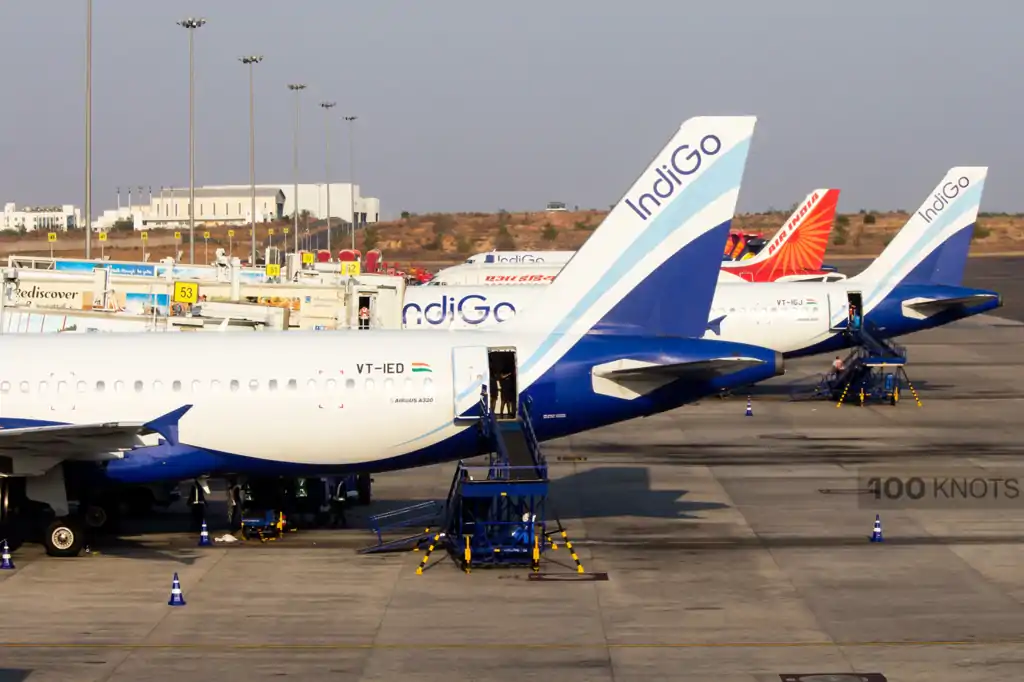
In December 2023, the Aviation Working Group (AWG) dealt a surprising blow to India's aviation sector, downgrading the nation's standing from positive to negative. The pivotal factor behind this downgrade was the challenges faced by foreign lessors in reclaiming aircraft, a development with potential repercussions on the cost of leasing plans for India's commercial airlines. This shift in dynamics has prompted a call for strategic fiscal policies to support the aircraft leasing industry in the country.
The Current Landscape of Aircraft Leasing in India
According to a report by PricewaterhouseCoopers, a staggering 80 percent of India's total commercial fleet is leased, surpassing the global average of 53 percent. This dependence on leased aircraft is expected to rise further as CAPA India's recent report forecasts that nearly 200 out of 789 aircraft operated by Indian carriers may be grounded by March 2024 due to supply chain challenges. In response to this predicament, the aviation industry is urging policymakers to streamline leasing procedures and entice more leasing companies to invest in India
A Call for Fiscal Incentives
Jaideep Mirchandani, Group Chairman of aviation major Sky One, underscores the need for fiscal incentives in the upcoming financial budget for the years 2024-25. With leading Indian airlines placing substantial orders for new airplanes to meet the surging demand in air travel, Mirchandani advocates for measures such as reduced corporate taxes or tax credits for both lessors and lessee airlines. He emphasizes the critical importance of simplifying regulatory processes and addressing issues like high taxes on jet fuel, a major cost concern for Indian low-cost carriers.
Navigating Legal Complexities
While the Union Government has exempted leased aircraft and engines from the moratorium under the Insolvency and Bankruptcy Code (IBC), legal complexities still linger. As matters remain sub-judice, lessors are in a holding pattern, awaiting court directions. Mirchandani highlights the urgency of bridging gaps in aircraft recovery and repossession procedures, stressing the need to align local legalities with global standards.
The Role of the Cape Town Convention (CTC)
Mirchandani underscores the critical role of the Cape Town Convention (CTC), a framework that facilitates swift recovery of airplanes within 60 days in cases of insolvency. He calls for India to formalize and enforce CTC provisions in line with the country's commitment to the convention. The effective implementation of CTC is seen as a key factor in boosting investor confidence and facilitating smoother operations in the leasing market.
India's Emergence as a Global Aircraft Leasing Hub
Mirchandani envisions India as a key global aircraft leasing hub, given its rapidly expanding aviation sector. To attract international lessors, he advocates for favorable fiscal policies, standardized lease agreement procedures, and enhanced transparency and efficiency for both lessors and lessees.
Conclusion
As India strives to overcome the challenges posed by the AWG downgrade and supply chain issues, the aviation industry is rallying for proactive fiscal measures. The upcoming financial budget presents an opportune moment for policymakers to bolster the aircraft leasing industry, ensuring India's continued ascent as a prominent player in the global aviation landscape.


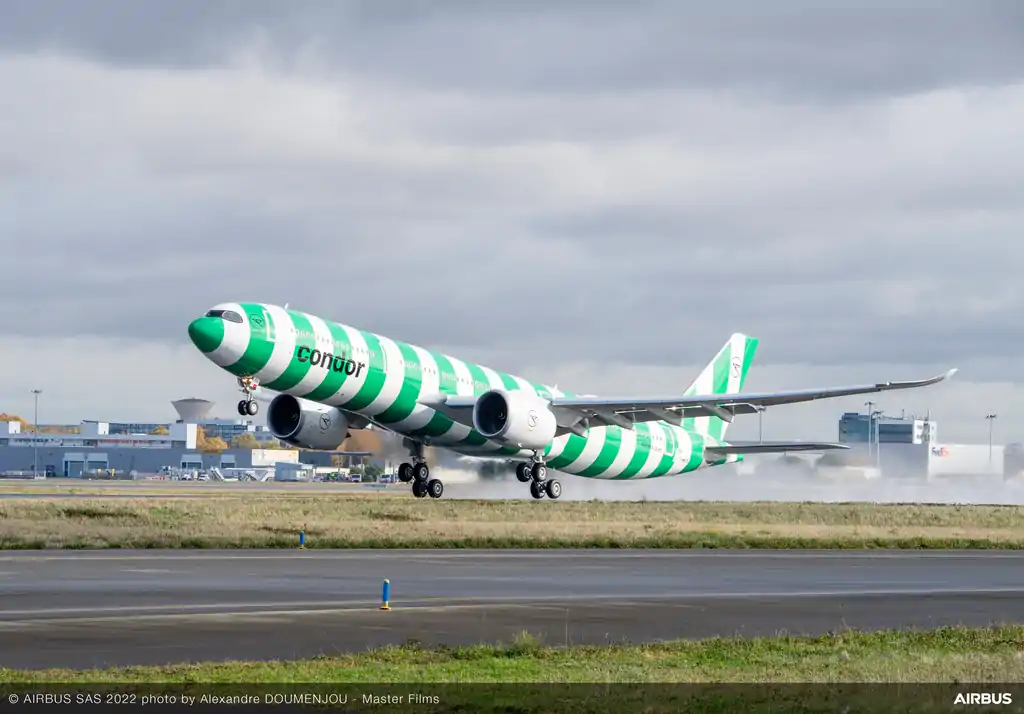
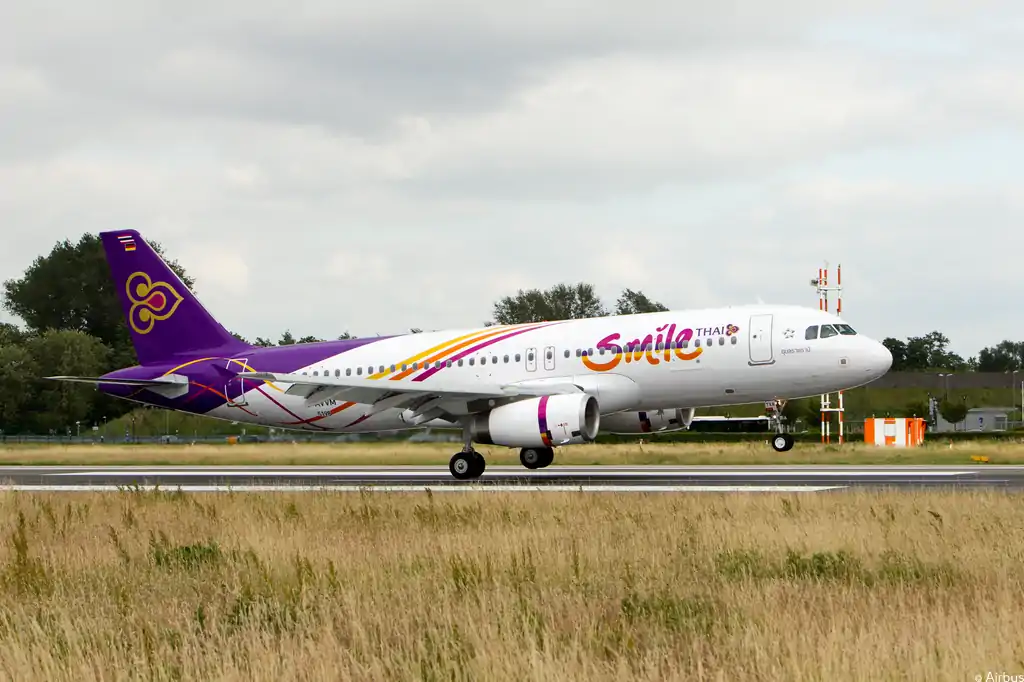
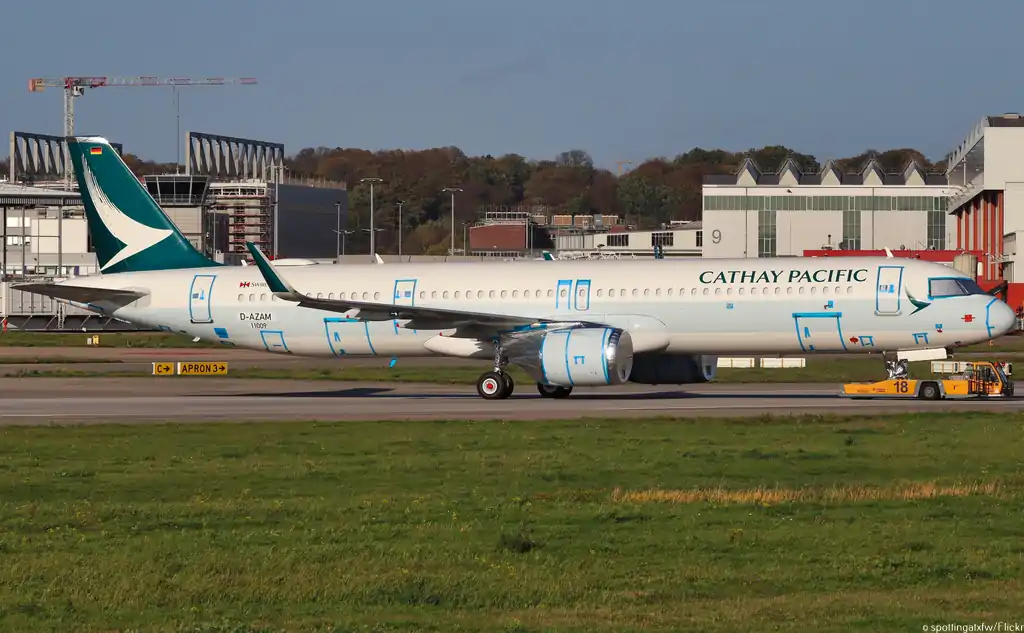
Comment